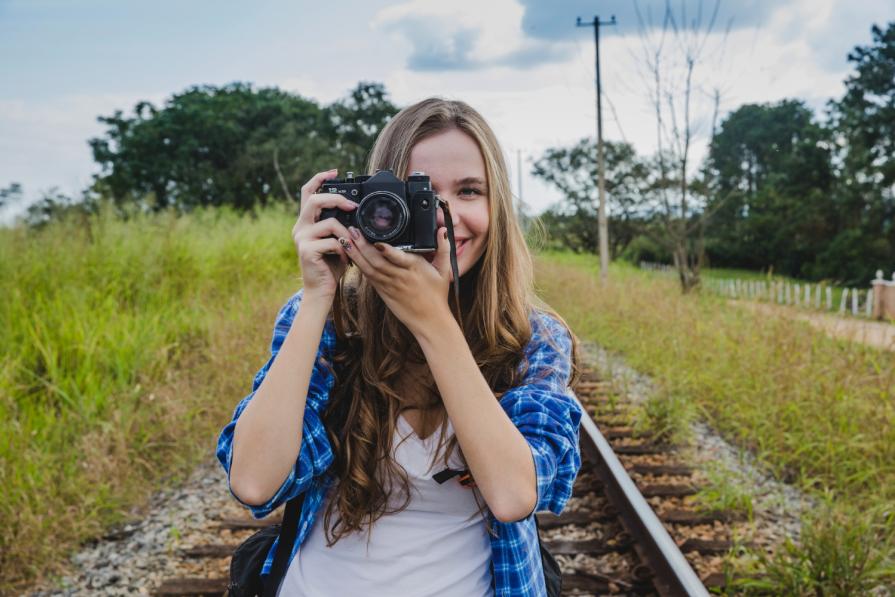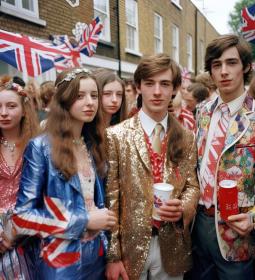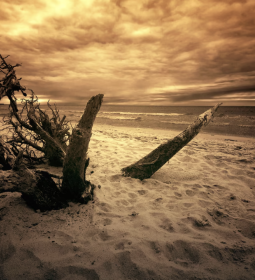In an era when an attractive shot on social media is becoming increasingly important, it would seem that you can forget about the existing legal restrictions. In fact, each country has unique laws that regulate the process of shooting at public venues. And some restrictions are imposed in accordance with the traditions and beliefs of the local people. If a traveler likes to explore the world, it is important for them to know these rules in advance to avoid inconvenience.
Germany

In Germany, there are certain rules regarding photography in various places. Museums and galleries allow photography without the use of a flash and tripod, however, some museums may provide the opportunity to take photos for an additional fee equivalent to the cost of a ticket. Therefore, before shooting, it is important to familiarize yourself with the rules of each specific museum.
Photographing people, their homes, gardens, cars or animals is only allowed with the prior permission of the subject, especially if these images are to be used for commercial purposes. In Germany, close attention is paid to the protection of privacy and individual rights, so it is necessary to respect privacy and obtain consent before photographing people or their property.
A brief and not everyone needs a note: in Hamburg there are specific restrictions on photographing sex workers. Such filming is considered unacceptable, as it can disrupt their work and attract unwanted public attention, which interferes with potential customers. Well, we report this solely for informational purposes.
Israel
In Israel, any place from which the Ministry of Defense can be seen is a closed zone, and any filming in the area is considered a terrorist act. Tourists should avoid photographing military installations, power plants, port facilities and airports. It is important to note that cameras can be confiscated at the entrance to concerts.
England

In the London Underground, filming is allowed only with special permission. Photographing pounds sterling without the consent of the Central Bank of England is also considered illegal.
If a tourist plans to photograph a private house, park, club or business center, he must obtain permission from the owner. Even if a tourist tries to take a photo leaning on a fence, he can be fined for violating private property.
In the UK, there are also restrictions on photographing in private galleries, as this violates the copyright of the owner of the collection. To be able to take pictures, you must purchase an entrance ticket that grants the appropriate rights.
In public places in the UK, it is allowed to photograph people without restrictions, but on the condition that the resulting images will not be used for commercial purposes.
Japan

In Japan, in order to protect copyright, there are certain restrictions on photographing in libraries. For example, it is forbidden to photograph the contents of books and magazines. Some libraries in Japan have a policy that prohibits photography altogether in order to preserve the privacy and safety of visitors.
In addition, Japan has specific restrictions on photographing certain objects. For example, it is forbidden to take pictures of cemeteries and bronze images of Buddha. However, in some cases, if a guest takes a picture of himself against the background of the statue, this is allowed, but photographing the statue itself without the presence of people is illegal.
In addition, there is an interesting mythological aspect to Japan: according to beliefs, the subject in the center of the photograph may face misfortune or even death. This leads to the fact that the Japanese avoid taking pictures in groups of three.
China

In China, new restrictions have been introduced on photographing pandas recently: this is due to the desire to ensure the well-being and health of these unique animals. Therefore, photographing pandas in some areas may be prohibited or subject to certain restrictions.
Photography restrictions also apply to certain locations in China. For example, in Beijing, there are restrictions on the use of professional cameras and tripods in Tiananmen Square and near government and military buildings. This is due to ensuring security and preventing possible problems. In addition, photographing inside religious institutions may also be prohibited.
India

In India, there are a number of cultural and religious restrictions on photography. For example, it is forbidden to photograph shrines and statues of Buddha, as this is considered disrespectful and offensive to faith. There are also restrictions on photographing inside temples or facades with open doors without prior permission. When visiting the temple, it is recommended to check with the ministers whether it is possible to remove and, possibly, agree on conditions or remuneration.
One of the important aspects in India is respect for personal privacy, so photographing of clergy, locals and their children should only take place with their explicit consent. It is forbidden to photograph the places of residence of traditional communities and funeral processes, as this is considered an unacceptable violation of privacy and cultural traditions.
In addition, it is forbidden to photograph military installations, railway stations, airports, subways and bridges: this is aimed at ensuring security and preventing possible problems or violations of the rules.
North Korea
In North Korea, there are strict restrictions on photographing military institutions and military personnel: this is logically related to ensuring national security and the confidentiality of military facilities. Photographing airports, bridges, tunnels, highways and ports is also prohibited in order to prevent possible violations or threats.
In addition, in North Korea, there is a ban on photographing the mausoleum of Kim Il Sung and his statue from the back: this is considered an insult and disrespect to the country's top leadership.












